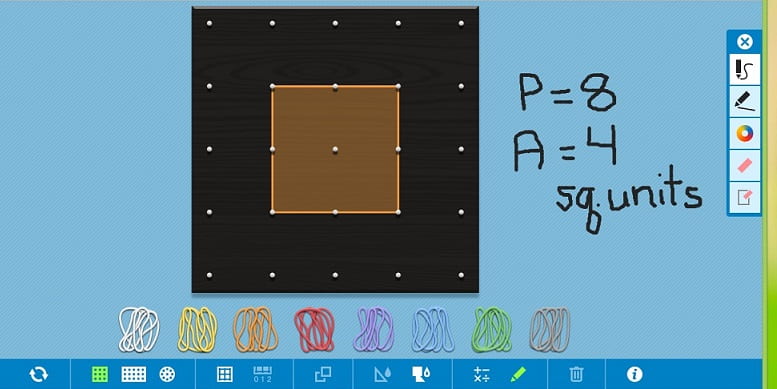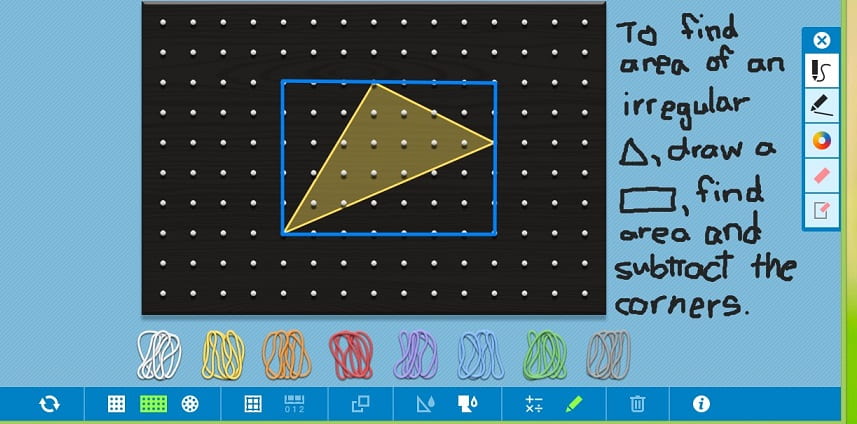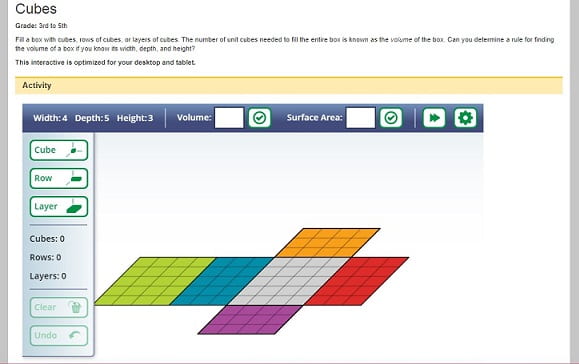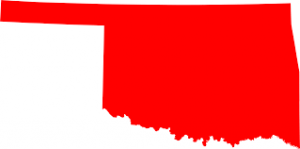by C. Elkins, OK Math and Reading Lady
Today’s post is a recommdendation of several math websites with FREE virtual manipulatives. Each site has their advantages and disadvantages, and you really just need to play around with them to decide which ones have the features and manipulatives you like best.
Advantages:
- Use of these help children of all grade levels with this math progression (from concrete to pictorial, to abstract).
- They are FREE, so no need to order and pay for them via a math catalog.
- If you load them onto your students’ ipads or chromebooks, there is no need to get out the tubs of manipulatives in the class (which we all know get dirty, and it takes half of the class period to distribute them IF there are even enough).
- Students can have their own set right in front of them.
- You can give the links to parents for students to use at home.
- While these are virtual on the screen, students can still manipulate them which is almost as good as the concrete objects.
- The teacher can save time without having to draw geometric shapes, rulers, base ten, etc. on the board.
- They are great for problem solving projects:
- How many different ways can you use the square tiles to show an area of 24 in the shape of a rectangle?
- How many different ways can you show 1/2 with the fraction bars or circles?
- Create shapes with angles that measure _____, _____, and _____ degrees.
- With the balance scale, show 3 x 6 on one side and balance it with another multiplication expression.
- How many different geometric shapes can you make using same size triangles? (example: 2 triangles can make a square)
- What are some you’d like to share with others in this blog???
Virtual Manipulative Links
This is a new one I just found out about via an online math conference. It has some really cool features. The activities and lessons are more for upper elementary, but the manipulatives are for any age group.
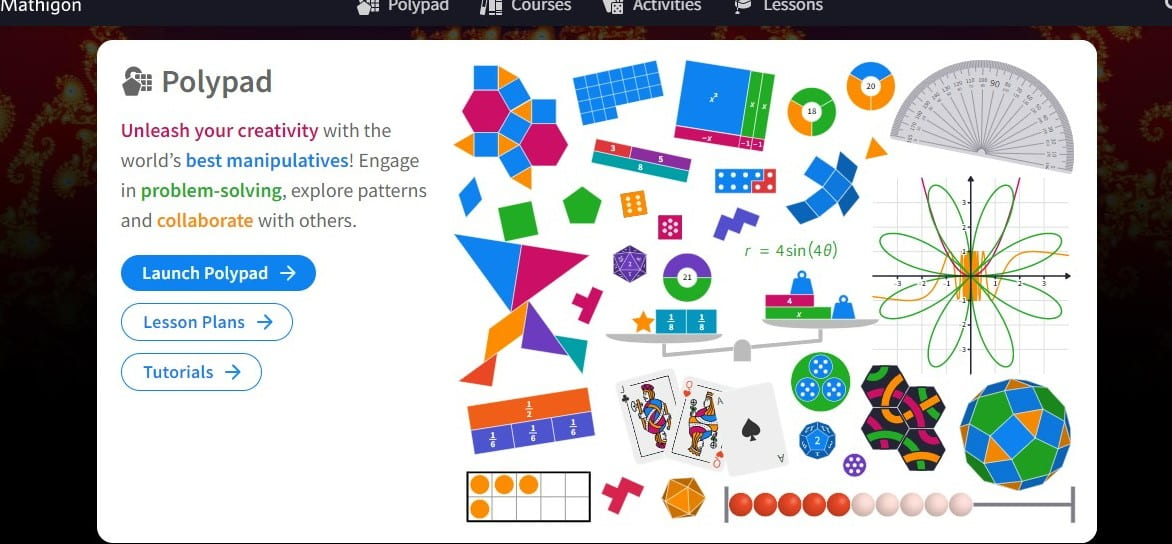




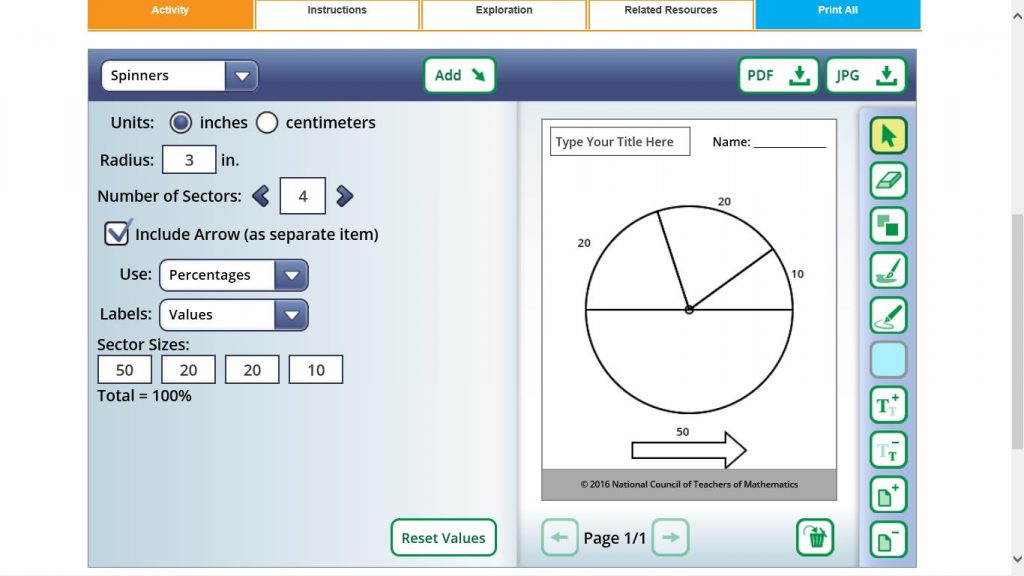
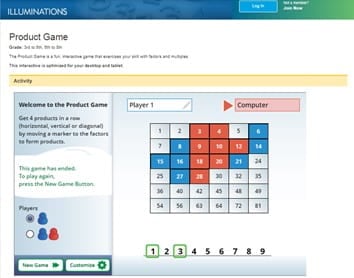
 What about instructional math videos just right for explaining math concepts, and virtual math manipulatives (especially if students don’t have any at home)? I have 4 I highly recommend and will highlight below.
What about instructional math videos just right for explaining math concepts, and virtual math manipulatives (especially if students don’t have any at home)? I have 4 I highly recommend and will highlight below.


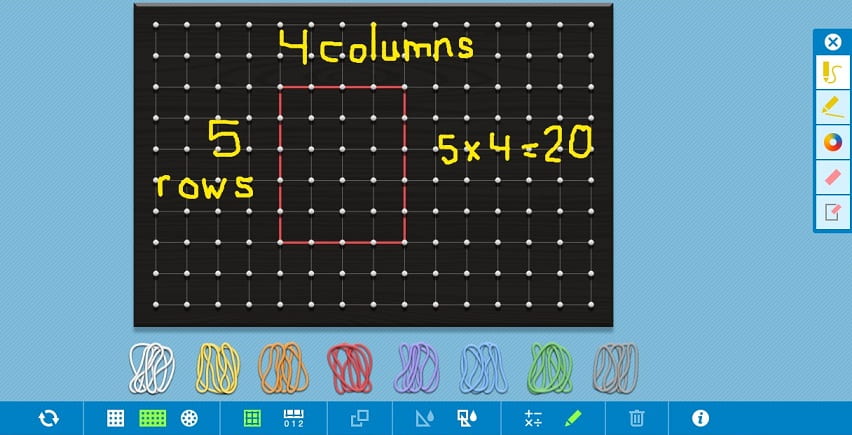

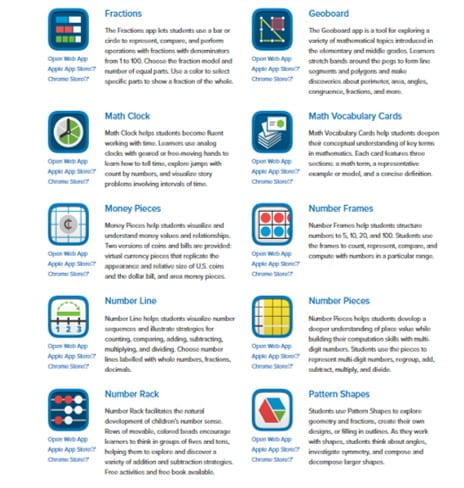
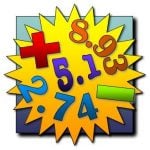

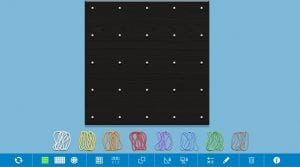 Check out the little “i” on how to get the most use out of it, but it has 2 variations for the board size and you can show it with/without gridlines or numbers. There are different colored bands which you drag to the board and stretch to whichever pegs you need. You can shade in areas, copy, and rotate (which is helpful to see if 2 similar shapes are equivalent). There is also a drawing palette in case you want to freehand something or draw lines (and with different colors as well).
Check out the little “i” on how to get the most use out of it, but it has 2 variations for the board size and you can show it with/without gridlines or numbers. There are different colored bands which you drag to the board and stretch to whichever pegs you need. You can shade in areas, copy, and rotate (which is helpful to see if 2 similar shapes are equivalent). There is also a drawing palette in case you want to freehand something or draw lines (and with different colors as well).